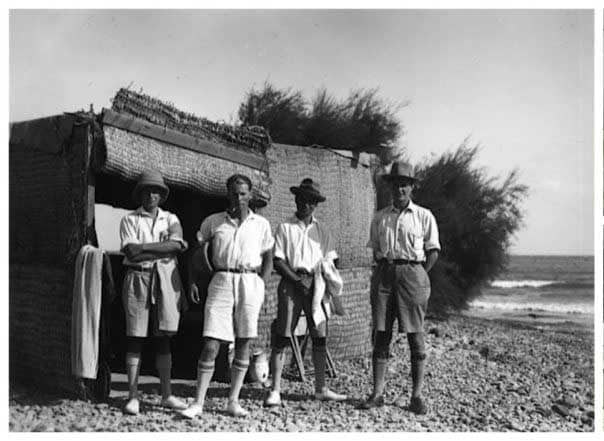The largest collection of Cypriot artefacts outside the island – thousands of objects located in Sweden – may soon be digitised in 2D/3D, making them far more accessible.
The artefacts, now located in Stockholm, were taken there after the Swedish Cyprus Expedition carried out key excavations from 1927-1931; with an agreement that half the finds be taken abroad.
According to the Digital Heritage Research Lab, the finds from Cyprus showed that the island had been a melting-pot of culture for thousands of years.
“The finds cover all the periods from the Stone Age to the Roman period and they challenged prevailing stereotypes and conceptions of Cypriot history and culture,” it added.
Now efforts are underway to “build a bridge between the collections in Nicosia and Stockholm”.
Academics from Cyprus’ University of Technology (Tepak) and those working with the Museum of Mediterranean and Near Eastern Antiquities, in Stockholm, are progressing well in their collaboration.
Dr Kenneth Silver and adjunct professor Minna Silver visited the Tepak lab in Limassol earlier this summer and had the opportunity to learn about the significant work that is being carried out for the last decade under the Unesco chair on Digital Cultural Heritage Lab and ERA chairs.
As the person who heads the Graeco-Roman department and the responsible curator for the Cyprus collection, at the Medelhavsmuseet, Silver came to Cyprus to give a lecture about the renowned Swedish Cyprus expedition.
The digitisation programme was discussed during the visit. This has been proposed to the Swedish ambassador in Cyprus and will be further negotiated with Cyprus’ foreign ministry.
The hope is to make the artefacts more accessible by eliminating the physical distances and function as a great and inspiring example of cooperation for similar cases.
A digitisation of the archaeological collection could also help to enhance a wider collaboration between the countries of Cyprus and Sweden cultural diplomacy.







Click here to change your cookie preferences